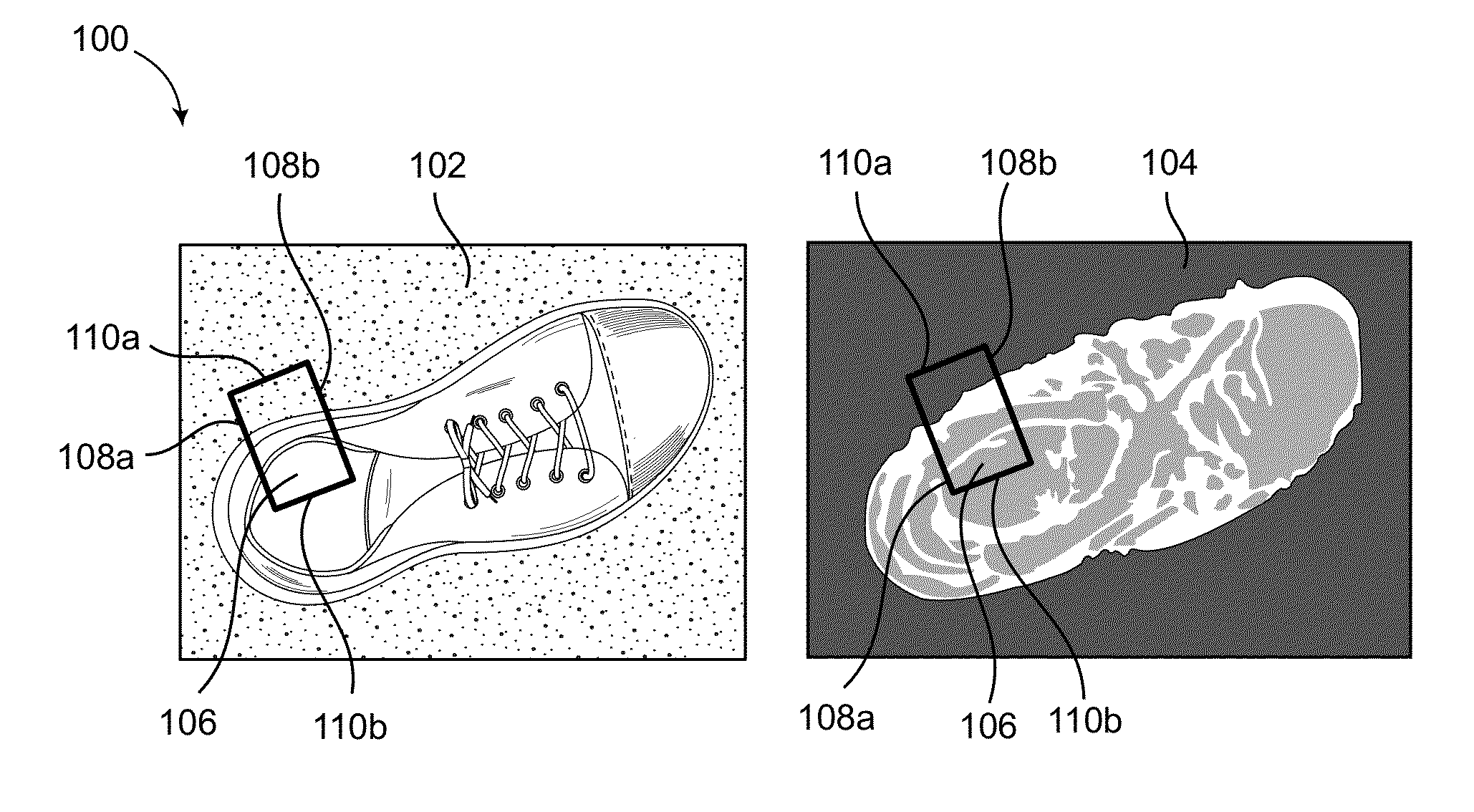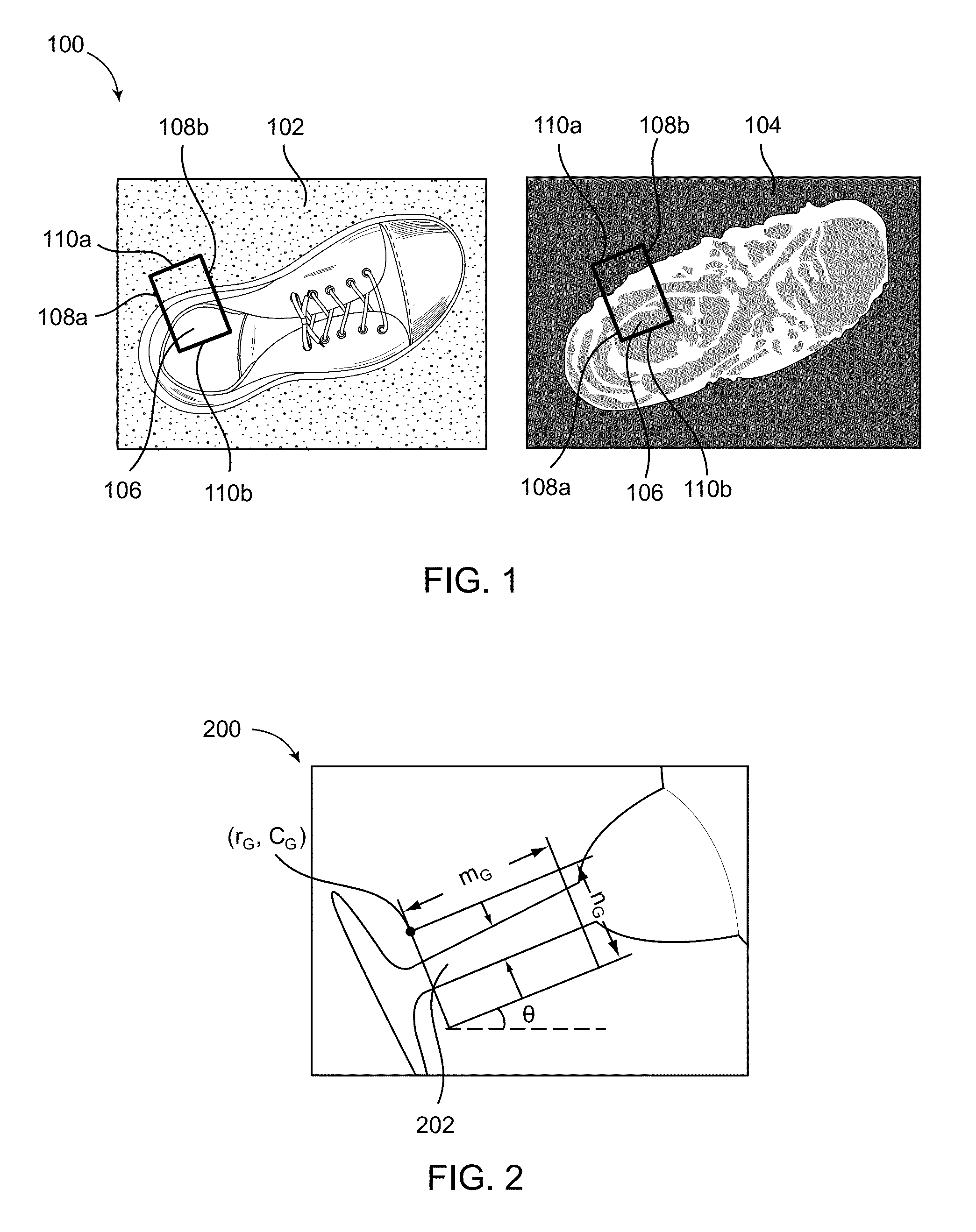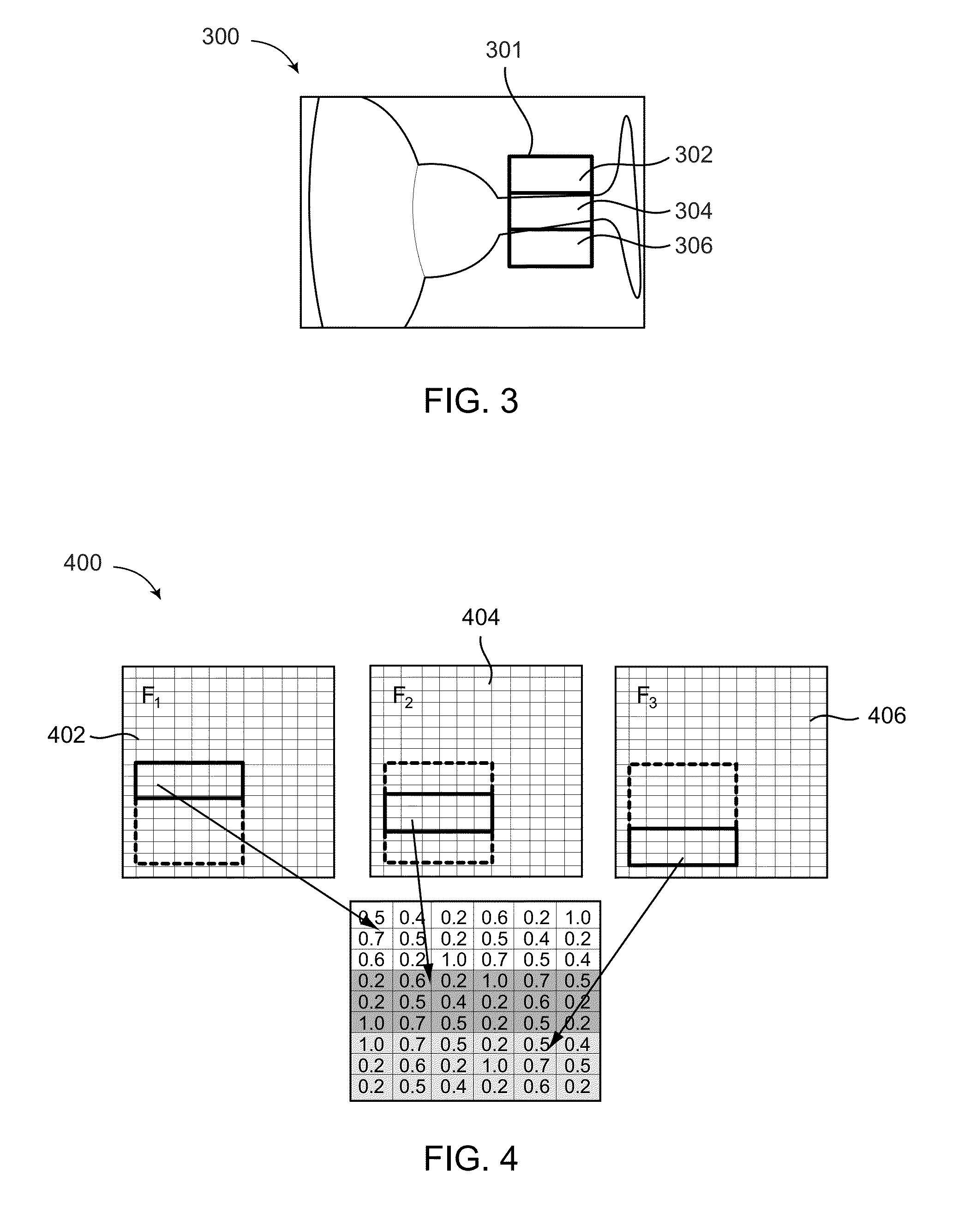Prediction of successful grasps by end of arm tooling
a tooling and end arm technology, applied in the field of robotics, can solve the problems of difficult replication of certain grippers with a physical model, difficult to perceive the full 3d shape of objects, etc., and achieve the effect of efficiently pruning the search space, accurately selecting a good grasp, and fast computation
- Summary
- Abstract
- Description
- Claims
- Application Information
AI Technical Summary
Benefits of technology
Problems solved by technology
Method used
Image
Examples
Embodiment Construction
[0028]The invention is described in reference to two types of end of arm tooling (EOAT)—a fingered gripper such as a two-fingered gripper or a three-fingered gripper and a jamming gripper. However, it is contemplated that the invention is applicable to any EOAT including a parallel plate gripper, jaws, etc.
[0029]A two-fingered or three-gingered gripper consists of phalanges that generally pinch the object. The invention determines the finger location, orientation and opening width of the gripper to successfully pick up an object. With a jamming gripper, the invention determines the location, orientation and area of contact with the object to successfully pick it up. A jamming gripper consists of a flexible membrane filled with a granular material. The jamming griper is able to quickly harden or soften to grip objects of varying shape by modulating the air pressure within the membrane. More specifically, as the membrane settles on an object it deforms to fit, then air is sucked out o...
PUM
 Login to View More
Login to View More Abstract
Description
Claims
Application Information
 Login to View More
Login to View More - R&D
- Intellectual Property
- Life Sciences
- Materials
- Tech Scout
- Unparalleled Data Quality
- Higher Quality Content
- 60% Fewer Hallucinations
Browse by: Latest US Patents, China's latest patents, Technical Efficacy Thesaurus, Application Domain, Technology Topic, Popular Technical Reports.
© 2025 PatSnap. All rights reserved.Legal|Privacy policy|Modern Slavery Act Transparency Statement|Sitemap|About US| Contact US: help@patsnap.com



